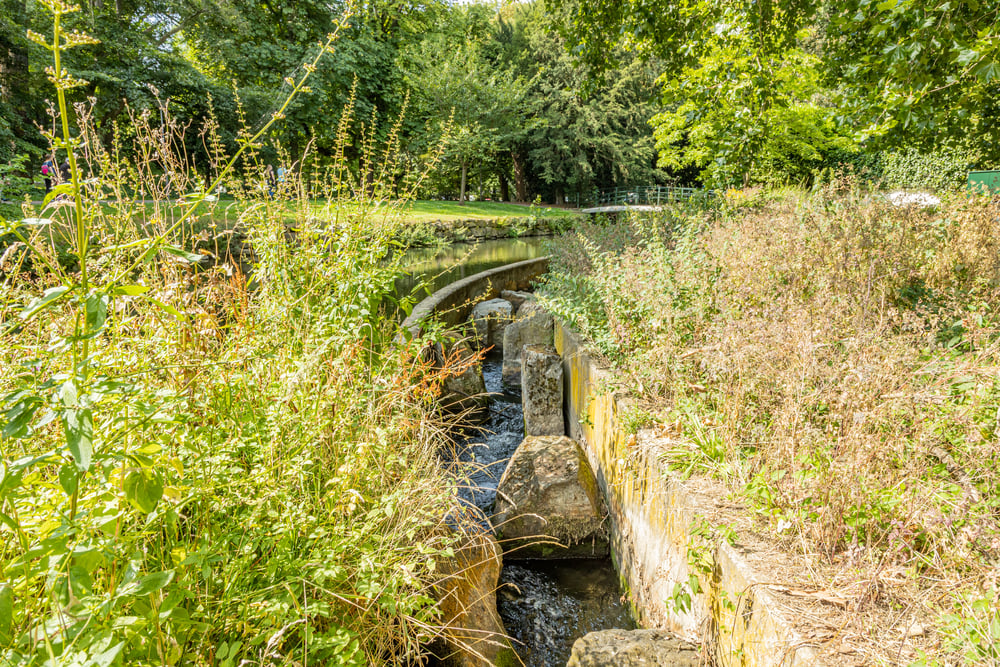The Passage Portal is an innovative, new device that helps fish safely get across barriers like dams and locks. It’s designed for small ponds and water features where the fish passage can be controlled more easily. The Passage Portal consists of a vinyl tube that hangs vertically from its mounting post.
To use it, you place the end in the pond, attach a hose to pump water into it, then release your catch at the top of the vertical tube. This article will discuss how passage portals work and why they’re important for our environment!
Fish populations worldwide are declining, but scientists developed a system that allows them to get over barriers safely. This automated technology will help save much fish from extinction: both local and international fish populations.
Fish often get stuck due to man-made barriers, preventing them from finding suitable habitats. This affects their reproductive cycles and therefore the population of fish.
Two different technologies to save fish
The company Whooshh Innovations, which was borne out of the University of Washington and is currently based in Seattle, has designed two technologies to aid salmon crossing barriers without fear. The Passage Portal aims to redirect fish into a safe exit point underground while avoiding predators. At the same time, the Salmon Cannon features an air bladder that cushions falls, and shoots the fish along three feet above ground obstacles.
The first invention from the company Whooshh Innovations led to the second, explained by CEO Vincent Bryan III.
The “salmon cannon” is a system that is hand-loaded and thus was not originally intended to help fish cross over a dam. The passage portal does not aid fish in crossing the barrier. It simply assists operators with different aspects of their work. It also assumes that the people handling the fish have done the necessary sorting.
Once the core transportation technology for fish was proved safe, Whooshh Innovations improved upon the design of the original “salmon cannon” by inventing its automated successor that requires no human handling. It is known as the Whooshh Passage Portal™.
The passage portal is a type of fish barrier that allows individual fish to cross by attracting them and guiding their movements. This passage portal can work with obstacles of any height and the most commonly seen fish types. Contrary to what people might believe, the transferred fish do not feel like they are being transported.
Fish who swim into a passage portal find it to be an uneventful experience. They cross the barrier in just seconds and can then safely exit.
Declining fish populations
Bryan explains that most places are now seeing a decrease in natural fish populations despite their best efforts.
However, this scarcity makes survival among adults that spawn an extremely valuable commodity. Even if only a tiny fraction of the eggs survive, these animals can produce tens of thousands to hundreds of millions of offspring. Consequently, every single fish that spawns will be able to reproduce.
Bryan stated that fish worldwide would benefit from the Whooshh Passage Portal™ because they form some of our ecosystem’s most important links.
Fish provide vital nutrients to animals such as birds, wildlife, and other young fish species. They are also part of a healthy biome, which is important for both the river and nearby land. Fish are fundamental to the ocean’s good health because they serve as food for countless other aquatic species.
This solution is not just a way to help fish get across; it is also the best way to preserve these species. Oceans need to be protected and maintained. The Passage Portal™ does not just help fish get across; it also protects and maintains the ocean by giving species their best chance at survival.
This passage portal will be essential for countries that want to preserve these environments so that future generations can enjoy them in turn.
The solution isn’t designed only to let fish cross barriers safely. Rather, this technology has many benefits: it helps provide nutrients for other aquatic life forms. It ensures the protection of marine habitats while still allowing access for people or vessels on the water.







